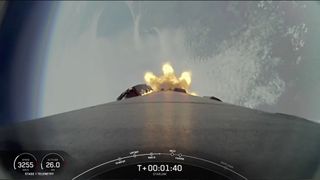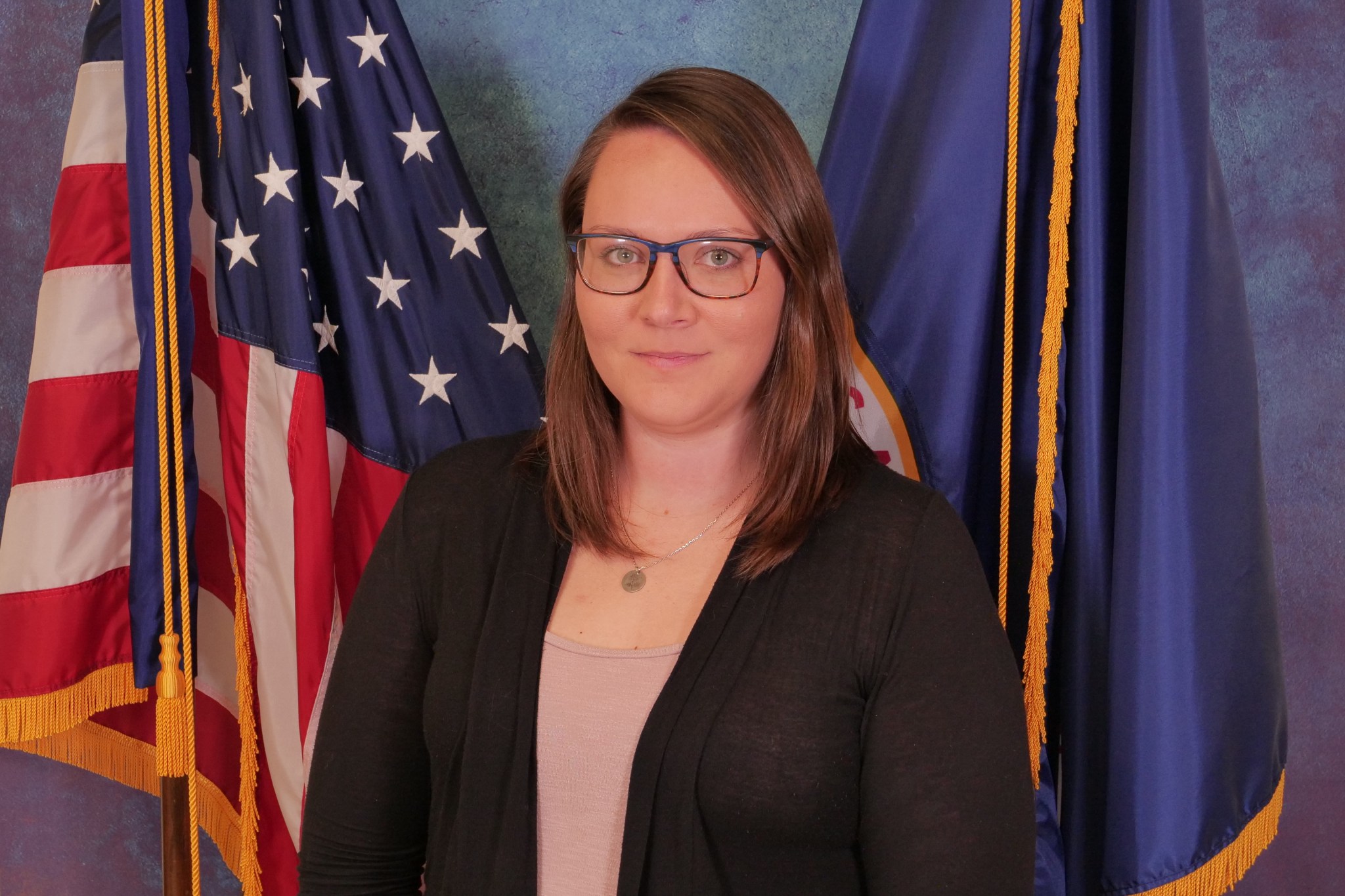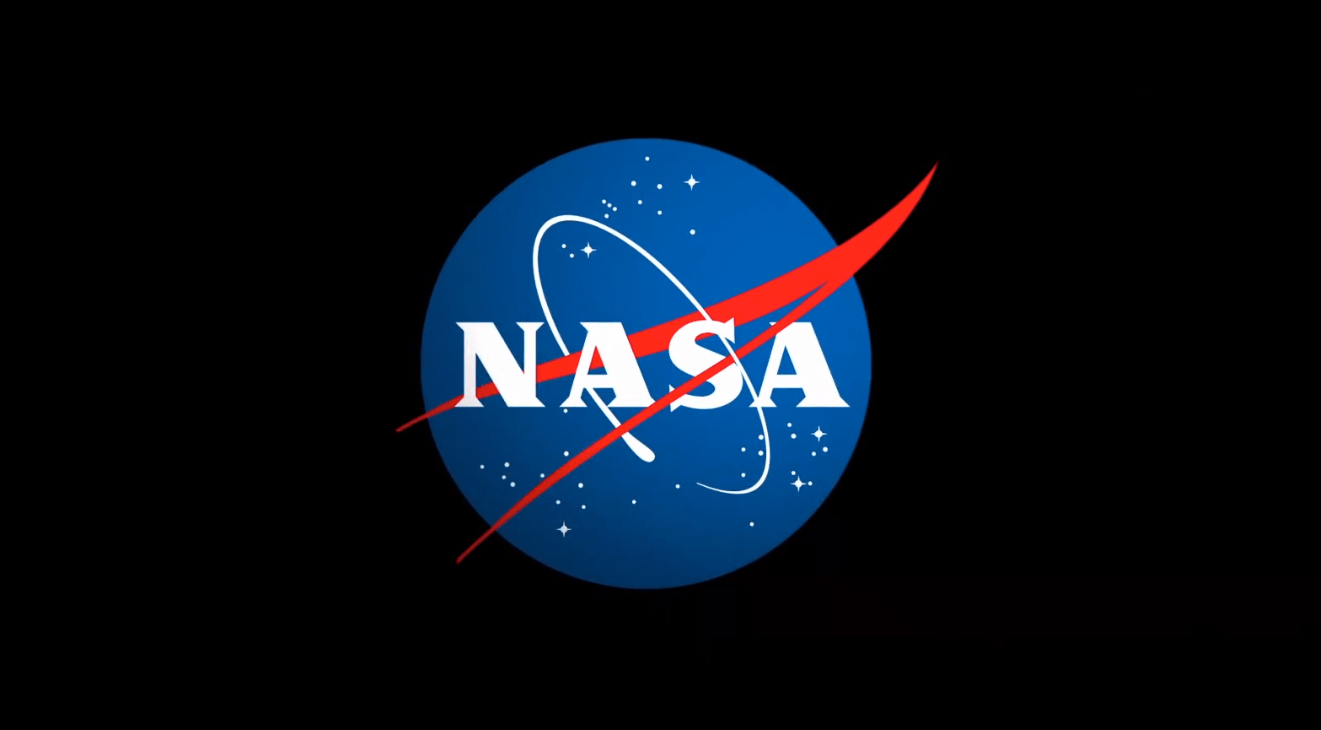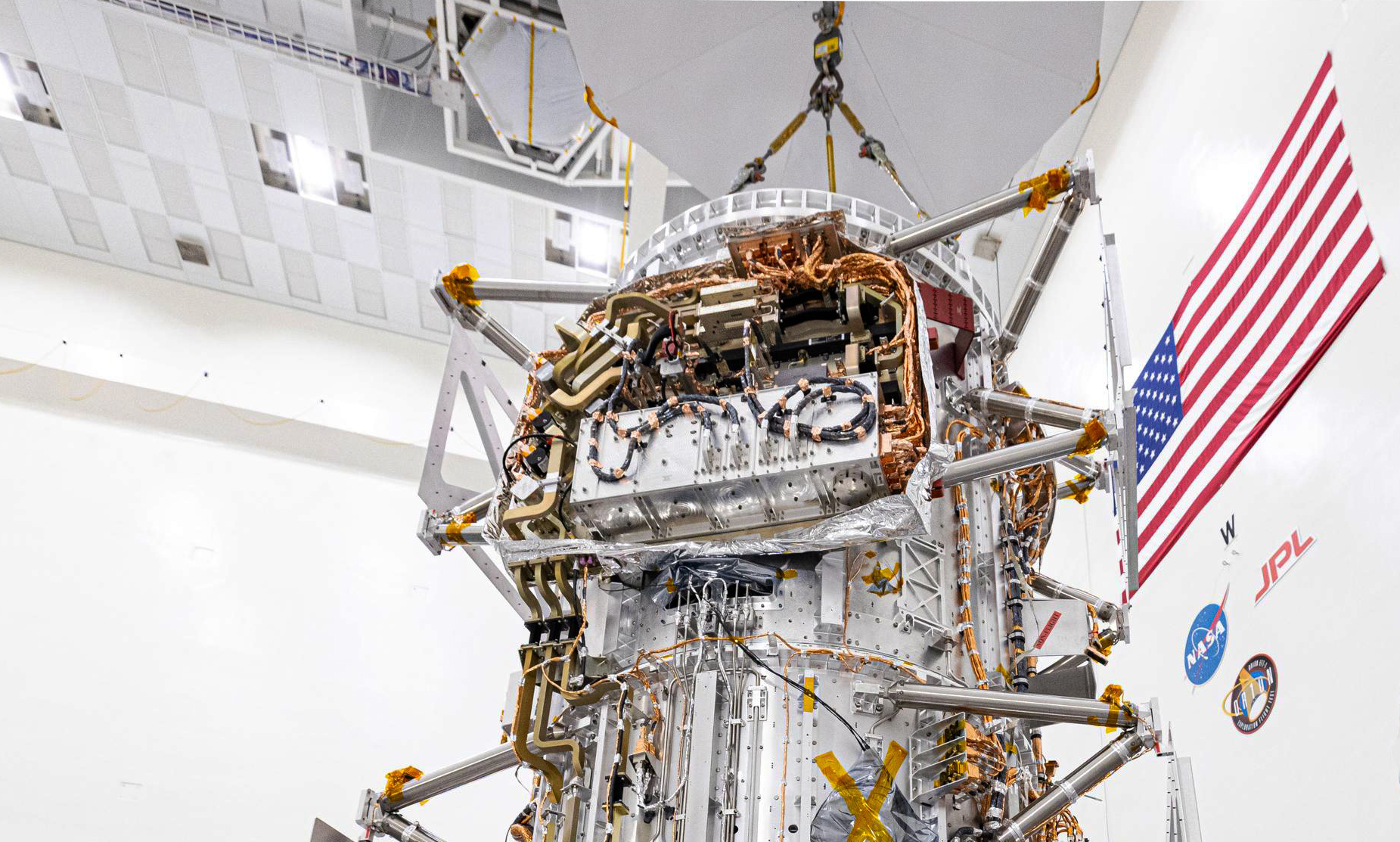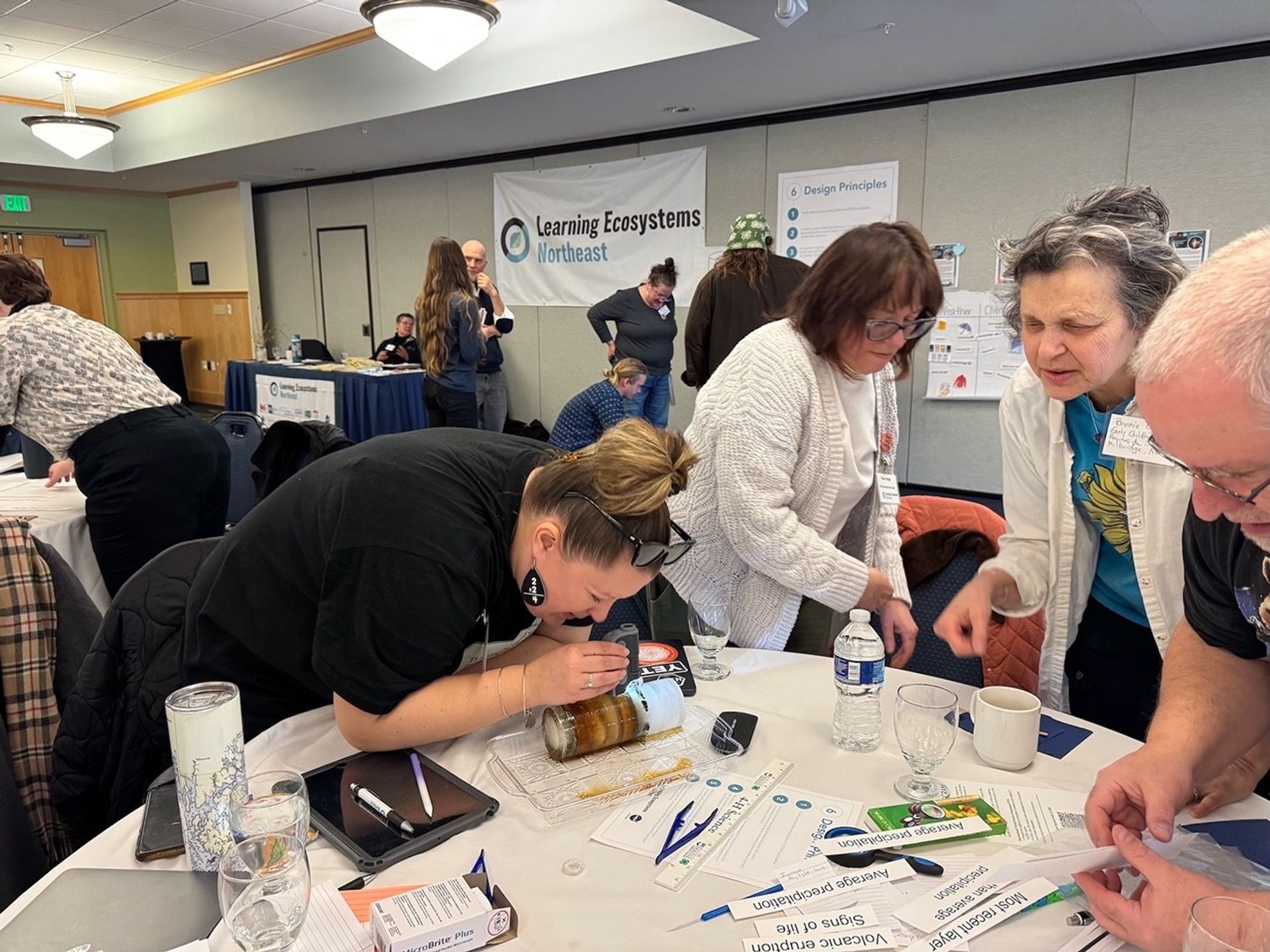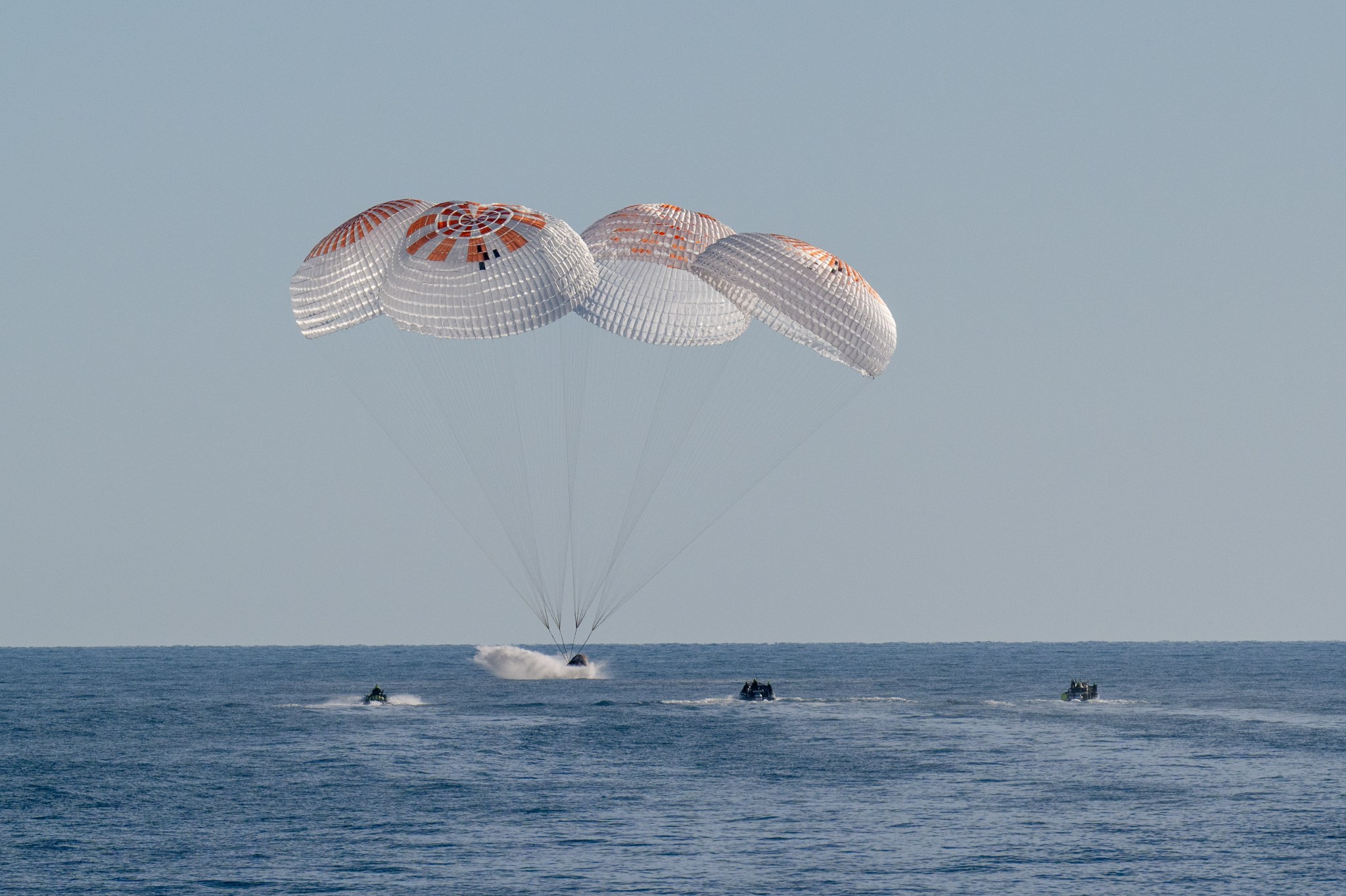A never-before-flown Falcon 9 rocket launched the newest round of Starlink internet satellites Monday (April 7), in an afternoon liftoff from the U.S. West Coast. The booster, likely the one designated B1091, was the second new rocket that SpaceX has launched so far this year, both of which supported Starlink missions. Monday’s flight, known as Starlink 11-11, lifted off from Vandenberg Space Force Base in California at 7:06 p.m. EDT (2306 GMT), lofting 27 Starlink satellites toward low Earth orbit (LEO). About eight minutes after liftoff, B1091 completed its descent…
Read MoreDay: April 7, 2025
A day on Uranus is actually longer than we thought, Hubble Telescope reveals
Uranus just got a little more time on its hands. A fresh analysis of a decade’s worth of Hubble Space Telescope observations shows Uranus takes 17 hours, 14 minutes and 52 seconds to complete a full rotation — that’s 28 seconds longer than the estimate provided by NASA’s Voyager 2 spacecraft nearly four decades ago. In January 1986, Voyager 2 became the first — and so far the only — spacecraft to explore Uranus, and with its data, astronomers pegged the ice giant’s rotation period at 17 hours, 14 minutes…
Read MoreCaroline Cawthon: Supporting America’s Future in Low Earth Orbit
Since joining NASA in 2017 as a contractor supporting the International Space Station, Caroline Cawthon has held many roles supporting real-time operations as a certified flight controller, team lead, and lead systems engineer. Caroline Cawthon’s official NASA portrait. NASA is one of the biggest most impressive networks of engineering, science, and space program expertise in the world and to not leverage that experience in mentorship would be a waste. Caroline Cawthon CLDP Engineering and Integration Lead Now, she is supporting America’s future in orbit as the systems engineering and integration…
Read MoreNASA Selects Goddard Safety and Mission Assurance Contractor
Credit: NASA NASA has selected ARES Technical Services of McLean, Virginia, to provide safety and mission assurance services at the agency’s Goddard Space Flight Center in Greenbelt, Maryland, and Wallops Flight Facility in Virginia. The Safety and Mission Assurance Services III contract is a cost-plus-fixed-fee contract with an estimated total value of $226 million. The contract will have a five-year effective ordering period starting on June 1, 2025, with an optional six-month extension period. Under the contract, the vendor will provide support to the agency’s Safety and Mission Assurance Directorate at…
Read MoreNASA Tech Developed for Home Health Monitoring
2 min read Preparations for Next Moonwalk Simulations Underway (and Underwater) NASA uses radio frequency (RF) for a variety of tasks in space, including communications. The Europa Clipper RF panel — the box with the copper wiring near the top — will send data carried by radio waves through the spacecraft between the electronics and eight antennas. Credit: NASA Even before we’re aware of heart trouble or related health issues, our bodies give off warning signs in the form of vibrations. Technology to detect these signals has ranged from electrodes and patches to watches.…
Read MoreConnected Learning Ecosystems: Educators Gather to Empower Learners and Themselves
Explore This Section Science Science Activation Connected Learning Ecosystems:… Overview Learning Resources Science Activation Teams SME Map Opportunities More Science Activation Stories Citizen Science 5 min read Connected Learning Ecosystems: Educators Gather to Empower Learners and Themselves Many educators would agree that despite working and communicating with dozens, even hundreds, of people each year, the role can feel isolating. Learners come and go, leaving educators to question: Was anything retained? Will they take this knowledge home? Will they share it at their after-school activities? How will it ultimately impact…
Read MoreGateway’s First Habitation Module Arrives Stateside
From the mountains of Turin to the deserts of Arizona, a core element of Gateway, humanity’s first lunar space station, is now one step closer to the Moon.
Read MoreBack to Earth, Forward to the Future: NASA’s SpaceX Crew-9 Returns
After months of groundbreaking research, exploration, and teamwork aboard the International Space Station, NASA’s SpaceX Crew-9 has returned to Earth. NASA astronauts Nick Hague, Suni Williams, and Butch Wilmore, as well as Roscosmos cosmonaut Aleksandr Gorbunov, splashed down safely on March 18, 2025, as a pod of dolphins circled the Dragon spacecraft near Tallahassee, Florida. NASA astronauts Nick Hague, Suni Williams, Butch Wilmore, and Roscosmos cosmonaut Aleksandr Gorbunov aboard the SpaceX Dragon spacecraft in the water off the coast of Tallahassee, Florida, March 18, 2025. NASA/Keegan Barber Williams and Wilmore…
Read More